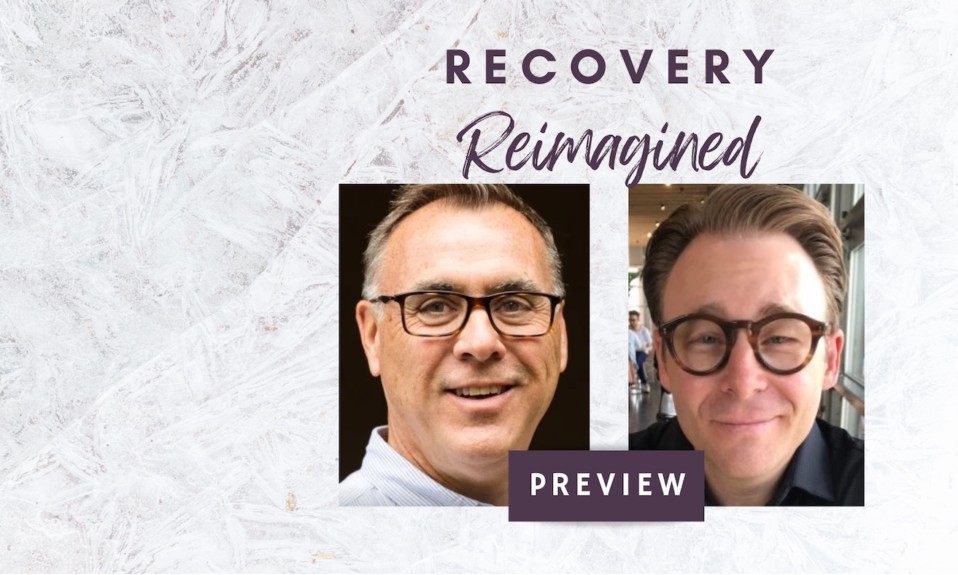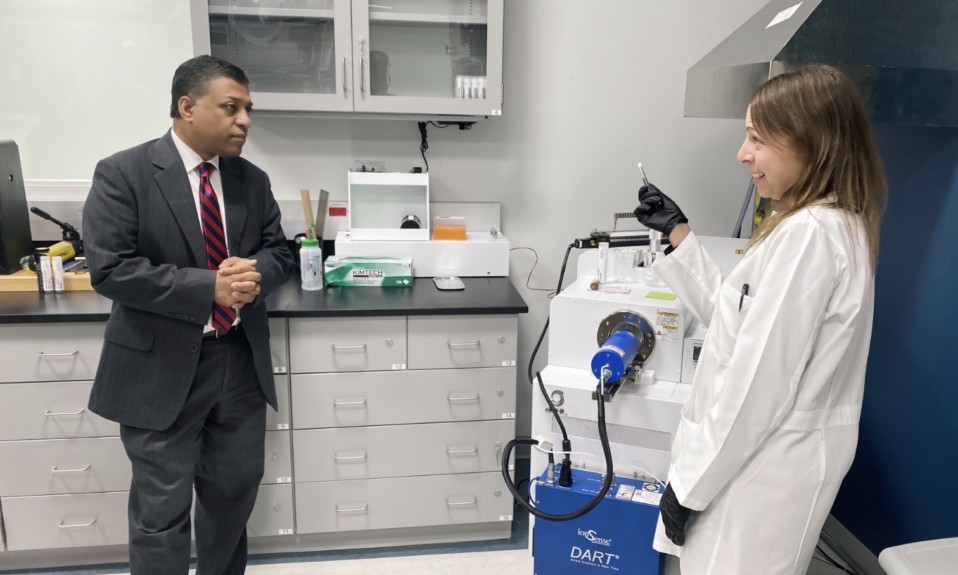The esteemed addiction recovery scientist has much to say about the importance of racial health equity
By Alison Jones Webb
Corrie Vilsaint, PhD, is a recovery scientist whose work focuses on building recovery capital, reducing discrimination against people in recovery, and racial health equity. Vilsaint is principal investigator at the Recovery Research Institute and Center for Addiction Medicine at Massachusetts General Hospital, and a research fellow at Harvard Medical School. As an international speaker and a community psychologist, Vilsaint has had her work recognized by the American Psychological Association and supported by the National Institute on Alcohol Abuse and Alcoholism (NIAAA).
TreatmentMagazine.com spoke with Vilsaint recently about her work on racial health equity.
Q. Your research has shown that mental disorders are more persistent among minorities than non-Latino whites. Can you talk about how this relates to substance use disorder?
A. In order to build an effective infrastructure to address substance use disorders—including treatment, recovery and prevention services—we have to understand trajectories of the course of illness and recovery in general, and we have to understand if these trajectories systematically vary among groups who experience disproportionate exposure to risk and protective factors. For example, we know it takes approximately five years of continuous sobriety before the risk of meeting criteria for substance use disorder drops below 15%, which is when you’re no more likely than someone in the general population to have problematic substance use.
But the trajectory to those five years of sobriety for people who identify as Black or African American is different than for the general population. They tend to have a lower prevalence of substance use disorders but progress from the initiation of first use to the onset of the disorder faster [an effect referred to as telescoping]. Onset is usually in their early 20s compared to the late teens, and among those with a high school education, they experience a more persistent and chronic course of the illness. This knowledge is the result of 30 years of research documenting disproportionate health and social consequences of substance use disorder among Blacks compared to their white counterparts.
“Treatment providers and recovery support specialists should focus on these aspects of a client’s life as well as more clinical aspects.”
—Corrie Vilsaint
Q. What does this mean for people on the ground who provide substance use treatment and recovery support services?
A. We know that the social determinants of health account for about 50% of treatment outcomes, so social determinants like housing, education and employment play huge roles in their substance use outcomes. Treatment providers and recovery support specialists should focus on these aspects of a client’s life as well as more clinical aspects. When it comes to the current opioid crisis, the role of social determinants is highly apparent given that people with carceral exposure have a risk of fatal overdose that is 120 times higher than those without that exposure, and people who were unhoused have a risk of fatal overdose up to 30 times higher than those with housing. Among people over the age of 55, the experience of Black males has been devastating, with a fatal overdose rate that is four times greater than the overall fatality rate. In fact, overdose mortality among individuals who identify as Black overtook that of white individuals in 2020 for the first time since 1999.
Q. I’m very interested in recovery capital as an important contributor to health equity. Has your research on recovery capital shed any light on this?
A. Recovery capital is an emerging international construct for the addiction field. Recovery capital is the sum total of internal and external strength-based resources needed to initiate and sustain recovery from substance use disorder. It mitigates the biopsychosocial stressors associated with adaptation to abstinence and stands in stark contrast to deficit-based approaches that take stock of pathology, problems and powerlessness. Recovery is more than negative drug tests. It includes the presence of health and wellbeing, and recovery capital is one way to add that into the equation.
Our preliminary evidence shows that individuals who identify as Black or African American score higher on recovery capital, self-esteem and happiness scales compared to their white counterparts. However, national studies have shown that individuals who identify as Black are less than half as likely to remit [no longer meet criteria for substance use disorder] and have more attempts at recovery than their white counterparts [three compared to two]. The recovery science agenda will need to investigate if specific dimensions of recovery capital can be harnessed to create equity in the course of remission, number of attempts and likelihood of achieving long-term recovery.
Q. What have you learned about discrimination as a barrier to recovery?
A. Recovery-related discrimination refers to a set of structural policies and practices that violate the personal rights of people who have resolved a problem with substance use. Because of laws in the U.S., the use of many substances is a crime, and the consequences can be arrest, conviction and incarceration, and loss of rights and services when in recovery. Yet individuals who commit other crimes, including violent offenses, can often retain their eligibility for services like housing and nutritional assistance. We call that discrimination, or specifically, recovery-related discrimination.
“By the year 2060 there will be no single racial-ethnic majority in this country, so we also need to anticipate increasing diversity in our work.”
Our research has found that people who reported experiencing recovery-related discrimination had higher levels of psychological distress, lower quality of life and lower recovery capital. People who identified as Black or African American were twice as likely as their white counterparts to report losing their job, three times as likely to be denied housing and four times as likely to say they had a job but could not get a promotion because someone knew about their resolved history of substance use. These are some of the structural components that need to be investigated for their negative impact on recovery for all and their disproportionate impact on non-white individuals. Understanding recovery-related discrimination creates actionable targets to change the mechanisms of health and social disparities. For example, we need to change the narrative to focus on what our institutions are doing to magnify harm from substance use disorder and make changes to reduce that harm.
By the year 2060 there will be no single racial-ethnic majority in this country, so we also need to anticipate increasing diversity in our work. And as we make structural changes, we need to issue “rebuilding permits” in terms of nutritional assistance, housing, voting and employment to reduce recovery related discrimination. These are the levers we can pull to reshape the landscape of recovery.













